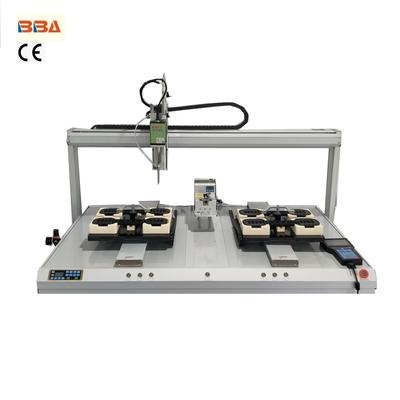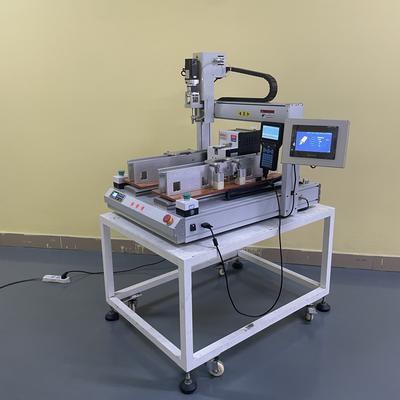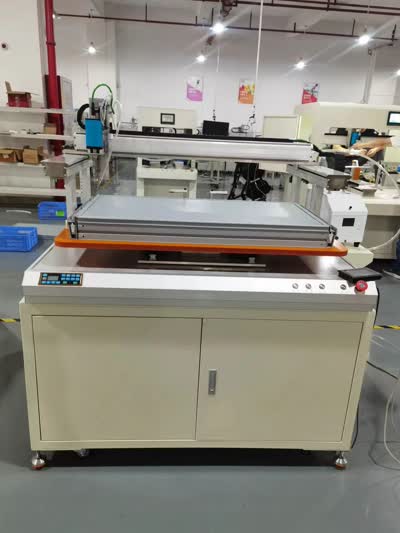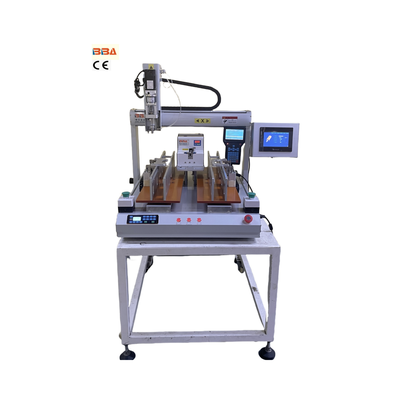Maintaining Your Robotic Screw Driving Machine for Longevity | Best Practices

Maintaining Your Robotic Screw Driving Machine for Longevity
Robotic screw driving machines are essential tools in modern manufacturing, offering precision, efficiency, and consistency in assembly processes. To ensure these machines operate at peak performance and have a long service life, proper maintenance is critical. Neglecting routine care can lead to unexpected downtime, costly repairs, and reduced productivity. Here’s how you can maintain your robotic screw driving machine for longevity.
1. Regular Cleaning and Inspection
Dust, debris, and metal shavings can accumulate in and around the screw driving machine, potentially causing mechanical issues or electrical failures. Regularly clean the machine using compressed air or a soft brush to remove contaminants. Inspect components such as the screw feeder, driving head, and sensors for signs of wear or misalignment. Addressing minor issues early can prevent major breakdowns.
2. Lubrication of Moving Parts
Lubrication is vital to reduce friction and wear on moving parts. Follow the manufacturer’s recommendations for the type and frequency of lubrication. Pay special attention to the screw driving mechanism, guide rails, and any rotating components. Over-lubrication can attract dirt, so apply lubricant sparingly and wipe away excess.
3. Calibration and Alignment Checks
Misalignment can lead to improper screw driving, causing stripped screws or damaged workpieces. Periodically check the alignment of the driving head and feeder system. Calibrate the torque settings to ensure consistent fastening performance. Automated systems may require software updates or recalibration to maintain accuracy.
4. Monitor Electrical Components
Electrical failures can disrupt operations and damage the machine. Inspect cables, connectors, and power supplies for fraying or corrosion. Ensure the machine is connected to a stable power source to avoid voltage spikes. Check the condition of motors and controllers, as overheating or unusual noises may indicate impending issues.
5. Replace Worn-Out Parts Promptly
Components like screws, bits, belts, and bearings degrade over time. Replace them as soon as signs of wear appear to avoid compromising performance. Using high-quality replacement parts ensures compatibility and extends the machine’s lifespan. Keep a stock of critical spare parts to minimize downtime during replacements.
6. Train Operators on Proper Usage
Improper handling can hasten wear and tear. Train operators on correct setup, operation, and troubleshooting procedures. Encourage them to report unusual sounds, vibrations, or performance changes immediately. Proper training reduces the risk of operator-induced damage and ensures safe usage.
7. Maintain a Detailed Maintenance Log
Document all maintenance activities, including cleaning, lubrication, part replacements, and calibrations. A log helps track the machine’s condition and predict future maintenance needs. It also provides valuable data for troubleshooting recurring issues.
By following these maintenance practices, you can maximize the longevity and efficiency of your robotic screw driving machine. Regular care minimizes unplanned downtime, reduces repair costs, and ensures consistent performance in your production line. Invest time in maintenance today to reap the benefits of a reliable machine for years to come.
| Product Name | Applicable industries |
| Screw Locking Robot | Drone and UAV Manufacturing |


